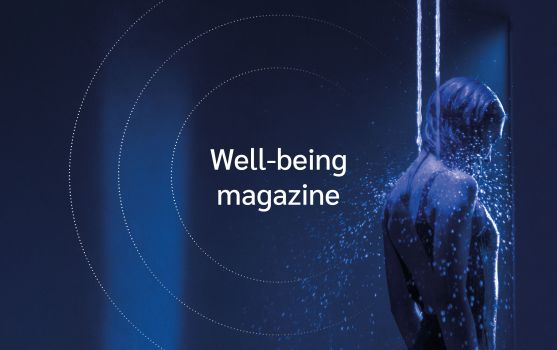
Architect and SPA designer, Claudia Taiani is the creative mind behind many of the wellness areas at Aquardens, the largest thermal park in Italy. Since 2015, she has collaborated with the facility overseeing concept development, design, and project management, contributing to the continuous evolution of a complex that blends architecture, nature, and wellness rituals.
Her vision places the user’s sensory experience at the center, integrating technology and emotion, functionality and perception, in spaces where light, materials, and sound become part of a regenerating journey.
In this interview, Claudia shares her approach to spa design, her relationship with the natural context and the client, the challenges of complex construction sites, and her experience with Aquardens, a true laboratory of ideas and innovation. Topics also include the role of the Experience Shower and the balance between design, technology, and authentic wellness.
CONSTRUCTION SITE AND KEY OPERATIONAL ASPECTS
THE EXPERIENCE WITH AQUARDENS
CLIENT RELATIONSHIP AND STRATEGY
TRENDS AND SUSTAINABILITY
PERSONAL EXPERIENCE
AQUAFORM
We wrap up the interview with a heartfelt thanks to Claudia Taiani, who shared her approach to wellness, where design, technical expertise, and sensory experiences come together to create truly unique and captivating SPAs. Her vision shows how architecture can turn any space into a journey of emotions and rejuvenation.
- Team Aquaform
DISCOVER ALSO